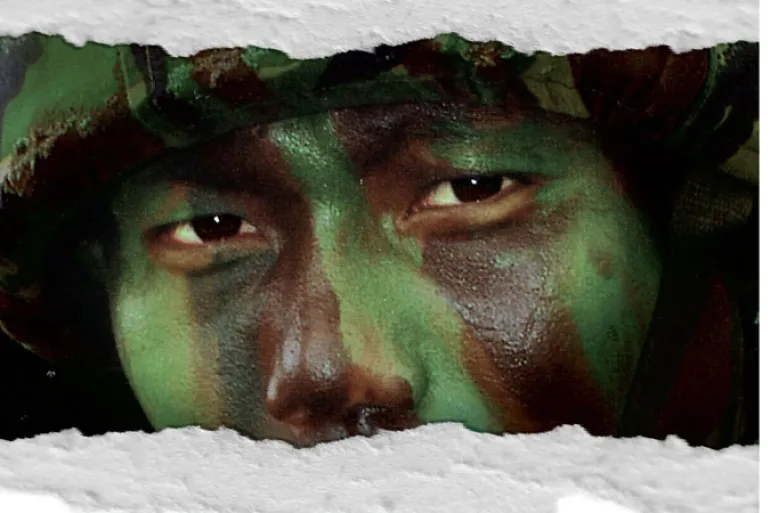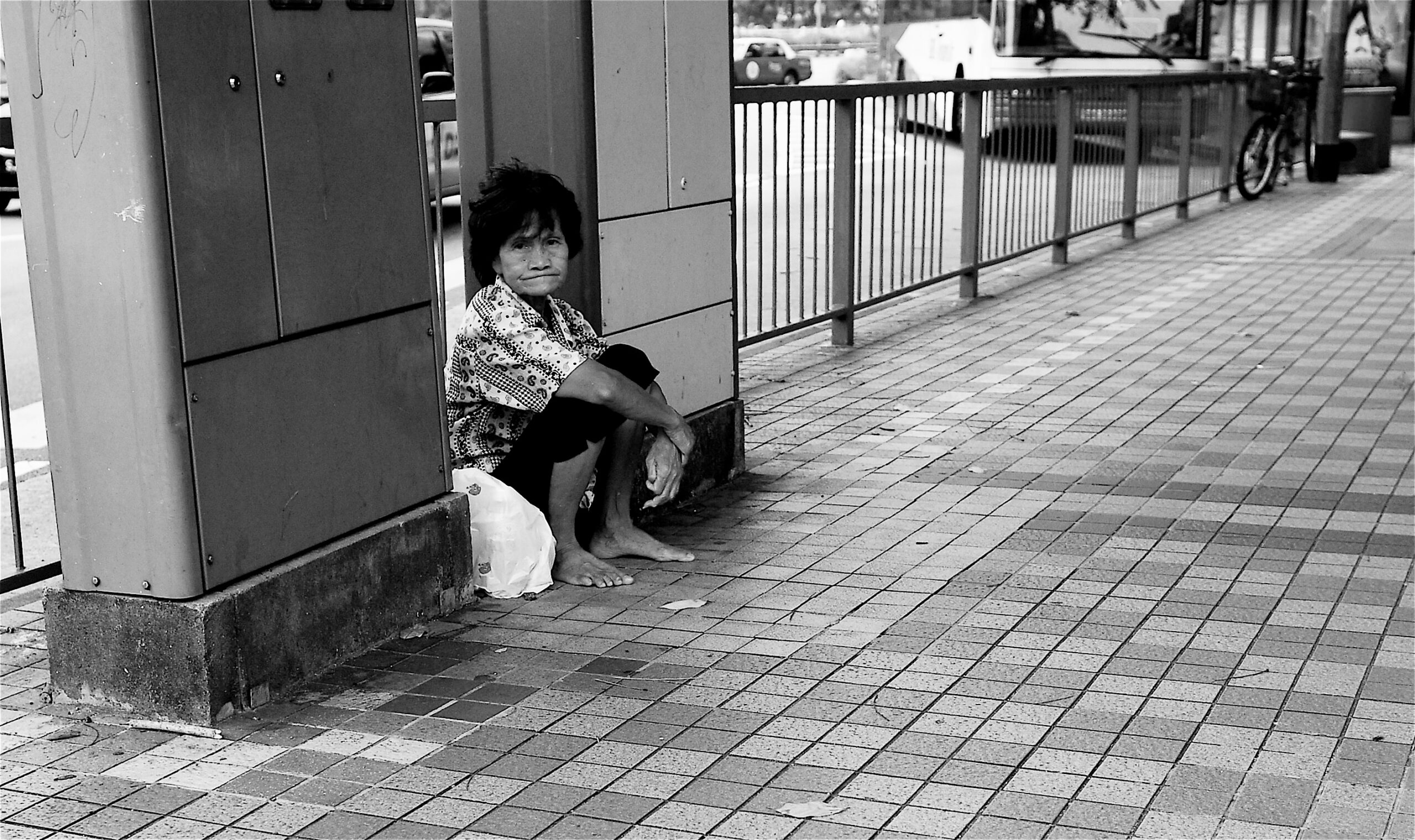The National film board of Canada recently came out with its latest interactive documentary, the third and final part of its Highrise series – The Universe Within. Katerina Cizek has been one of the pioneers in the field of interactive documentary filmmaking and she has worked on the Highrise series since 2007.
I remember checking out Highrise and Out of the Window, the Emmy award-winning first part of the series when I first started becoming interested in the field of interactive filmmaking. What stood out then when I had clicked on the windows of the 360-degree web doc, was the ease with which I could navigate the platform and I could get a perspective from across the world. Collaboration and inputs from around the globe were the keys to the production of the series, making Highrise not only a Canadian story but a story relevant to people around the world.
I asked Katerina a few questions on Skype about her journey in the making of Highrise.

1. How did the project start? What made you decide that you would make an interactive documentary out of your subject, instead of a linear, traditional documentary?
The initial idea came about in 2004-2005 when I was working with NFB in the experimental Filmmakers–In-Residence program. We were trying to experiment and create the world’s first interactive documentary. At another level, the whole concept of Highrises, and living in a city, the diversity that Toronto presented, the segregation within the city were all issues that I was personally interested in and wanted to explore further. The tools that I had to understand contemporary issues seemed outdated. That’s when I started to become really interested in vertical living and how it is a symbol of an urbanized planet.
I consider myself to be platform agnostic. All media appeal to me – whether it is photography or radio or print or television. The Highrise project came about as an interactive project purely because of the subject matter, which allowed for the scale and the exploration of the subject from stories from around the world.
2. What was the research process like for Universe Within? You have 24 short documentaries from places around the world- Mumbai, Seoul, West bank, Accra, and Tokyo amongst others. What was the process of getting these stories like?

It was really arduous. These are not easy stories to find. People’s digital lives are private and invisible. You may be sitting in your apartment and three feet away on the other side of the wall someone else is on their computer, but you have no idea what they’re doing.
It took two years and an amazing research team to find these stories. We used some of the same approaches as we had in Out My Window, in which we worked with local photographers, journalists and residents around the world to document stories within their own environments. The stories may be short, but the process to get them was very long.
For example, in the story “West Bank” our subject had only seen her parents, who live just an hour away, a handful of times in the last 20 years because Israel limits the movements of Palestinians. When we first met her, she was pregnant with her third child. Fortunately, we had the luxury of time to wait for her to give birth to be able to film her introducing the baby to her grandparents for the very first time over Skype.
3. A linear documentary can always have an emotional story arc that can hook a viewer. An online non-linear story has its own set of challenges to attract audiences. What would you say has been the impact of your project?
The impact that this project has created would be impossible if it had not been online. Highrise is a multi-platform, multi-layered series. We have created over 20 works of mixed media, documentaries, installations, mobile productions and live presentations in the last seven years. This kind of reach was possible only because this was an interactive documentary project.
We have also managed to foster a number of public conversations with multiple stakeholders. The issue of living in post-war buildings here in Toronto is a major one, and many of us in the Highrise team have managed to have dialogues and public conversations on issues surrounding urban poverty, and the livability of spaces within neighborhoods. We also had a public exhibition in the Toronto suburban train system, reaching out to a million commuters. And NYT was associated with one of the Highrise series and the page views and interest that were created was very good. To sum it up this kind of reach and dialogue would just not have been possible if this had just been a one-off documentary.
4. How do you choose your creative technologist? At what stage do they come into the picture? Do you decide on the interactivity platform, or do they?
I have been fortunate to work with some of the best creative technologists for the entire series. From Helios Design Labs to Kitchen and Waterloo for Out of the Window to New York Times to Secret Location. The creative technologist comes right at the concept stage. As a director, I think one of the things that I do is keep the bad things out of my project. We have a number of conversations all through the process and everyone on the team is an expert in their field over the conversations, we define a broad vision that we narrow down as we progress. I do not know to code, but I know basic HTML and understand that all interactive projects are teamwork, which is what I help forge together.
5. Interactive documentaries so far seem to be restricted to people interested in the field or academicians. Traditional broadcasters are largely wary of them. Is it possible for interactive docs to be of mass appeal?
The Internet is the present and the future, and more and more content is being consumed online. Broadcasters have to just wake up and realize this. The challenge is to concentrate on the ethics, the subject the political impact of the content. People are concentrating on the fact that it is interactive, and the technology bit because it is the newest and shiniest object in the room. It is just a tool to tell stories.
Documentaries were considered a bad word. Even Michael Moore calls his films entertainment! Documentaries are pretty niche by themselves; interactive docs could also be the same.


